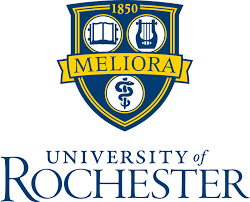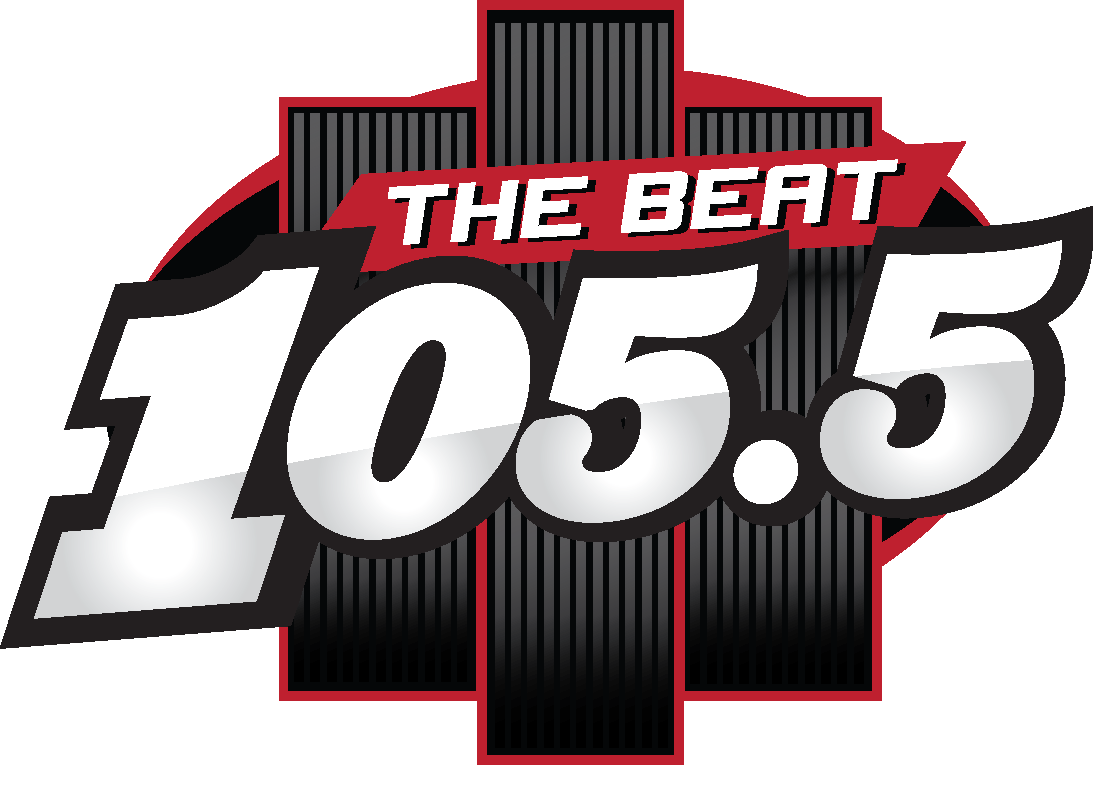
Leaders with the University of Rochester Medical Center said thousands of furloughs announced last week were a “last resort” to help address a budget gap of nearly $200 million stemming from the coronavirus pandemic.
“We did all of this planning without concerns for our finances. Finances were our last thought,” Chief Medical Director Dr. Michael Apostolakos said the medical center’s COVID-19 response.
Friday, URMC announced more than 3,400 employees across the medical center’s full spectrum of services will be facing furloughs due to the coronavirus pandemic. About 80% of those employees will be going through partial furloughs, meaning they will be working limited or reduced schedules.
Some of the furloughs started Monday.
In response to the COVID-19 outbreak, hospitals across the state suspended elective surgeries to make room for potential COVID-related surges. URMC says this contributed to an estimated drop in clinical revenue to the tune of nearly $386 million between March and June.
“A loss of that magnitude is not sustainable over the long-term,” said Chief Financial Officer Adam Anolik, “We need to have an approach that calls for revenue growth measured by cost reductions.”
The hospital system received help from CARES Act funding and governmental loans, and cost-saving measures such as reduced capital spending lowered that gap. However, URMC says the gap still stands around $193 million.
“This action really was taken as a last resort after we explored all other options” said Kathleen Gallucci, associate vice president of human resources. “It is a temporary, short-term measure to reduce costs with the intention of returning staff to work as soon as work volume allows. These short-term furloughs allow us to match staffing models to projected work volumes and give us the ability to call staff back as soon as possible.”
The medical center says most benefits will stay intact for employees, and that workers may qualify for unemployment.
Furloughs were determined on a shared sacrifice model, and include non-essential positions in administrative, financial and office management positions. Other furloughs impacted nurses whom the medical center says are not actively caring for patients.
Senior leaders and managers will be taking pay cuts during this period. Beginning in July, all faculty making more than $100,000 per year will be subject to a 10% pay cut.
Officials hope to have the majority of furloughed positions, between 75-95%, fully reinstated by the end of August. They add the reinstatement of elective surgeries at local hospitals will likely help the situation, too.
With the return of elective surgeries means new social distancing and cleaning procedures for URMC facilities, aiming to prevent the spread of the virus.
Despite everything that’s going on, URMC Chief of Medicine, Dr. Michael Apostolakos, says morale continues to remain high.
“From a faculty point of view, it’s been positive in that we’ve had over 200 physicians voluntarily take pay cuts because they know what’s going on around them starting in May, rather than waiting until July,” he said. “People are excited about a new beginning and a new, redesigned healthcare system that can provide care during this unprecedented time. Other healthcare providers, nurses, staff that I’ve interacted with have been, I would say, surprisingly positive about their view of the future.”
“All are concerned. No one’s happy about taking a pay cut. No one’s happy about being furloughed,” he added. “But the understanding and the pulling together of the faculty and staff in this organization is part of what keeps me going. It’s just amazing, the response as a whole, that we had.”
Officials say URMC will have resources in place should there be a surge in COVID cases or a second wave of the virus.
— 13 WHAM




